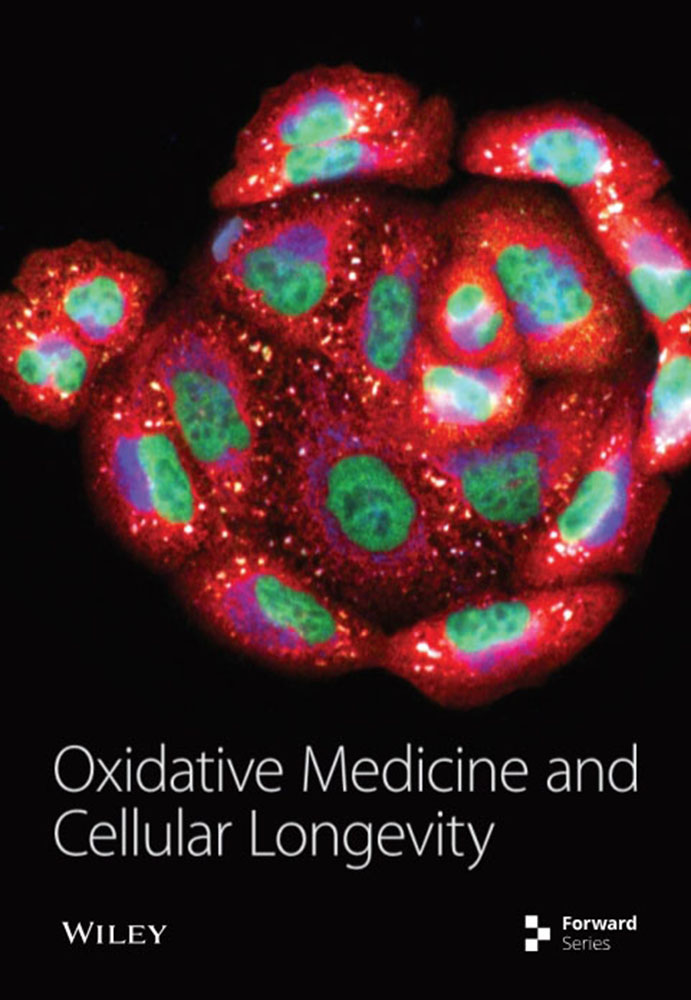Neuroprotective Effects of Cannabispirenone A against NMDA-Induced Excitotoxicity in Differentiated N2a Cells
2区 生物学
Q1 Biochemistry, Genetics and Molecular Biology
引用次数: 0
Abstract
The endocannabinoid system is found throughout the central nervous system, and its cannabinoids receptor 1 is critical in preventing neurotoxicity caused by N-methyl-D-aspartate receptor activation (NMDARs). The activity of NMDARs places demands on endogenous cannabinoids to regulate their calcium currents. Endocannabinoids keep NMDAR activity within safe limits, protecting neural cells from excitotoxicity. Cannabinoids are remembered to deliver this outcome by repressing presynaptic glutamate discharge or obstructing postsynaptic NMDAR-managed flagging pathways. The endocannabinoid system must exert a negative influence proportional to the strength of NMDAR signaling for such control to be effective. The goal of this paper is to draw the attention towards the neuroprotective mechanism of constituents of Cannabis sativa against NMDA-induced excitotoxic result. Phytochemical investigation of the cannabis flowers led to the isolation of nine secondary metabolites. A spiro-compound, Cannabispirenone A, which on treatment of the cells prior to NMDA exposure significantly increases cell survival while decreasing ROS production, lipid peroxidation, and intracellular calcium. Our findings showed that this compound showed neuroprotection against NMDA-induced excitotoxic insult, has antioxidative properties, and increased cannabinoid receptor 1 expression, which may be involved in the signaling pathway for this neuroprotection.大麻螺内酯 A 对 NMDA 诱导的分化 N2a 细胞兴奋毒性的神经保护作用
内源性大麻素系统遍布整个中枢神经系统,其大麻素受体 1 对于防止 N-甲基-D-天冬氨酸受体(NMDARs)激活引起的神经毒性至关重要。NMDARs 的活性需要内源性大麻素来调节其钙电流。内源性大麻素将 NMDAR 的活性控制在安全范围内,保护神经细胞免受兴奋性毒性的伤害。人们记得,大麻素是通过抑制突触前谷氨酸释放或阻碍突触后 NMDAR 管理的标记通路来实现这一结果的。内源性大麻素系统必须施加与 NMDAR 信号强度成正比的负面影响,这样才能有效控制。本文旨在提请人们注意大麻成分对 NMDA 诱导的兴奋毒性结果的神经保护机制。通过对大麻花进行植物化学研究,分离出了九种次级代谢产物。在暴露于 NMDA 之前对细胞进行处理,可以显著提高细胞存活率,同时减少 ROS 生成、脂质过氧化和细胞内钙。我们的研究结果表明,这种化合物对 NMDA 诱导的兴奋性毒性损伤具有神经保护作用,具有抗氧化特性,并能增加大麻素受体 1 的表达,而大麻素受体 1 可能参与了这种神经保护作用的信号通路。
本文章由计算机程序翻译,如有差异,请以英文原文为准。
求助全文
约1分钟内获得全文
求助全文
来源期刊
CiteScore
13.20
自引率
0.00%
发文量
1274
审稿时长
3-8 weeks
期刊介绍:
Oxidative Medicine and Cellular Longevity is a unique peer-reviewed, Open Access journal that publishes original research and review articles dealing with the cellular and molecular mechanisms of oxidative stress in the nervous system and related organ systems in relation to aging, immune function, vascular biology, metabolism, cellular survival and cellular longevity. Oxidative stress impacts almost all acute and chronic progressive disorders and on a cellular basis is intimately linked to aging, cardiovascular disease, cancer, immune function, metabolism and neurodegeneration. The journal fills a significant void in today’s scientific literature and serves as an international forum for the scientific community worldwide to translate pioneering “bench to bedside” research into clinical strategies.

 求助内容:
求助内容: 应助结果提醒方式:
应助结果提醒方式:


